About ANC (Active Noise Control)ANC 101
Basic of ANC (Active Noise Control)
Must for ANC
Installed ANC, but only 1dB effect?
Basic of ANC (Active Noise Control)
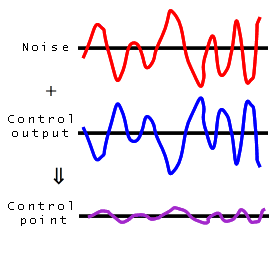
ANC (Active Noise Control) is done by outputting an inverse phase sound
from control speakers to cancel the noise sound. The noise could change
its frequency and level, so we need to observe the noise signals at the
closer point to the noise source and the control points, and calculate
the control output signal tracking the noise sound inversely.
To adjust to the change of the noise behavior, an adaptive processing method
is used. The cocntroller learns how to minimize the noise power at the
control point.
In case of a vibration problem, we can solve it by replacing microphones and speakers with acceleration sensors and shakers.
Feed-forward noise control system for Air ventilation duct
The system inputs the reference signal at the upper streqam, and outputs the inverse phase control sound from the control speakers to minimize the sound powert at the downstream control point.
Feedforward control

When the noise is random signal, the reference microphone is installed
near the noise source, and the noise is canceled by the inverse phase sound
at the downstream over the fence with an advantage of electric speed which
is faster than sound. This kind of control is called feedforward systems
and used for air ventilation ducts or acoustic barriers.
Feedback control
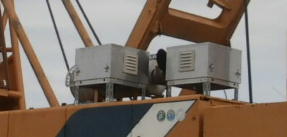
When the noise is periodic, the control speakers are installed near the
noise source, and the noise is canceled by the inverse phase sound with
one wave-length delay. This kind of control is called feedback control and used for diesel engine exhaust outlets.
Must for ANC
The control sound should be toward downstream (from upper to down stream).
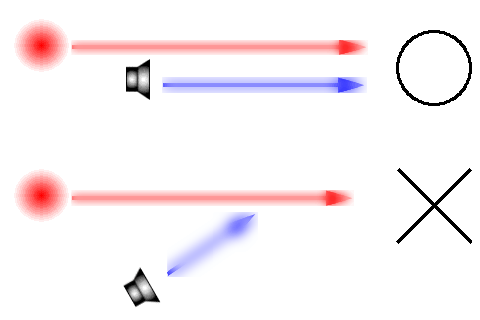
When you try to control for a different direction, an interference pattern is made and increasing sound power points would appear.
Adjust the saound wave curvatures of the noise and control sounds.
(Adjust the both wave surfaces.)

When the control speakers are away from the noise source, much more speakers are needed to control wider area.
Control only direct sound waves
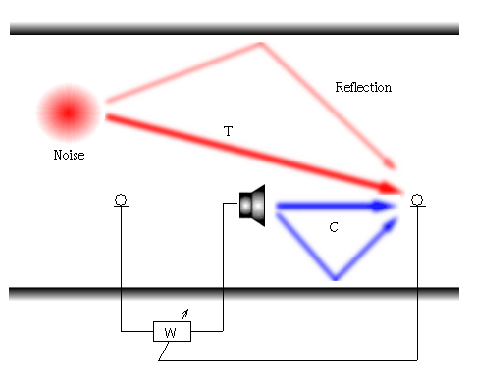
When you try to control the reflected sound, it would make you control the wave in a defferecnt direction, so an interference pattern would appear and it would make the result worse.
Installed ANC, but only 1dB effect?
Installed ANC, but...
You will measure the noise level at your yards and setbacks after you have installed an ANC system. You might find the effect of the ANC is only arround one or two dB(A). You might not be able to hear the difference. That happens sometimes.Do you really think the ANC system is worthless and only expensive?
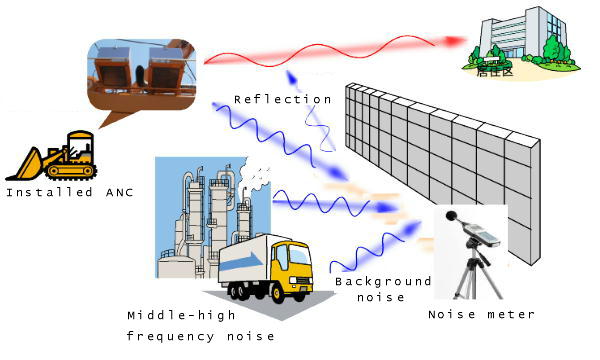
The measuring point stays off from the ANC system and there are some other noise source around the measuring point, so the noise level at those yards and setbacks is increased by the background noise. Noise masking effect would hide the effect of the ANC.
We will check out whether the ANC effect is good enough or not by the following experiment.
Meaning of 1 dB(A) result
We will check out the meaning of 1 dB(A) result at boundaries of sites.(1) The method of experiment
a) Output random sound noise from a speaker, and ajust the sound level to 60dB(A) as background noise.

b) Output a 60Hz sine wave mixed to the background noise and adjust the sine wave to become the total sound level to 61dB(A), incleasing by just 1dB(A)..

(2) Difference of the sound level
| Unit | With 60Hz | Without 60Hz | Difference |
| dB(A) | 61 | 60 | 1 |
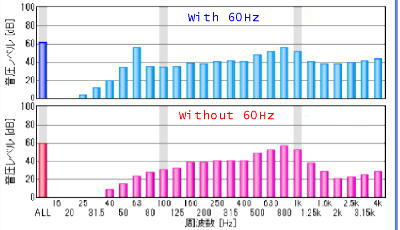
The 63Hz frequency band is slightly incleased.
(3) Time domain signal
We feel the sound is really annoying, but why is it only 1dB(A) difference?
Just see the below chart in time domain, and you will find the big difference.

(4) Measuring in A-weighting scale
We measure noise levels in A-weighting scale which is the same level as a human feels. We subtract the following conpensating value from measured levels in A-weighting scale.
| A-weighting correction value (JIS) | |
|---|---|
| Frequency band(Hz) | Correction value(dB) |
| 50 | -30.2 |
| 63 | -26.2 |
| 80 | -22.5 |
| 100 | -19.1 |
| 125 | -16.1 |
| 160 | -13.4 |
| 200 | -10.9 |
| ... | ... |
| 1000 | 0 |
We need to subtract 26.2dB at 63Hz low frequency band. That is why the measured level does not show 60Hz sound is standout.
(5) Sound level without A-weiting
When we measure the sound level without A-weiting, the chart is like as follows. The difference is 20dB.
| Unit | With 60Hz | Without 60Hz | Difference |
| dB(F) | 83 | 63 | 20 |

Judjing by A-weighting scale makes the ANC effect small. Only 1dB in A-weight scale, but 20dB in flat scale.
* Caution) In this experiment, the background noise spreads between 40-1000Hz, and the ANC result would change depending on the background noise.
(6)Inside our rooms
The noise sound level should be damped when it goes through walls and windows. But remember the damped noises are only high-frequency band and low-frequency band noises go through without attenuation.
Here assumed that the high-frequency band of the background noises are attenuated when the noises come into the room, the ANC effect becomes really distinct.
| Background noise(Hz) | With 60Hz | Without 60Hz | Difference dB(A) |
|---|---|---|---|
| 40 - 1000 | 61 | 60 | 1 |
| 40 - 500 | 60 | 50 | 10 |
| 40 - 200 | 59 | 42 | 17 |
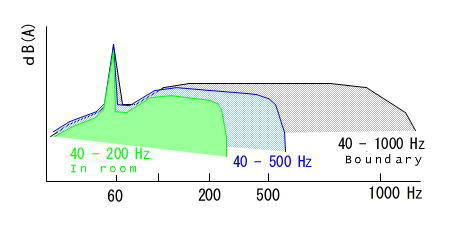
In a room where figh-frequency band is already attenuated, you can feel the conspicuous difference whether an ANC system has been installed or not. When the backgroud noises are only under 200Hz, it is 42dB(A) in the room. But when 60Hz is added to it, the sound level rises to 59dB(A). And 60Hz sounds are so annoying that they destroy the environment.
バナースペース
株式会社ANCラボ
〒651-1123
神戸市北区ひよどり台5-12-44